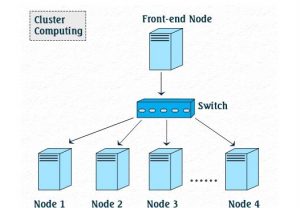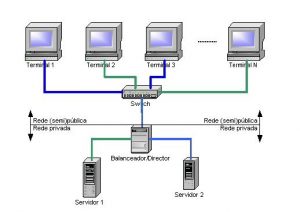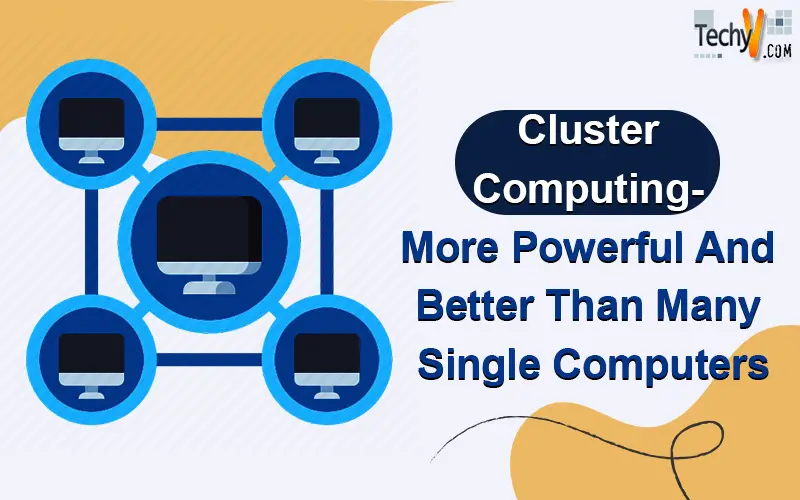The cluster computing has resulted due to the various computing trends like availability of various low cost microprocessor, software that can handle high-performance and high-speed network etc. it has a wide range of applicability and can be deployed in many ways starting from a handful small business cluster to the fastest supercomputers in the world, for example, IBM’s Sequoia.

What is cluster computing?
A computer cluster is a set of the various computer connected loosely or tightly that can perform combined working in many aspects can be viewed as a single system. These clusters have each node performing the same task, unlike grid computers where each node performs a different task and are controlled and scheduled by the software.

How does it work?
Each node in cluster computing acts independently of the cluster that has its processing system, memory and in some case own file system. The components of the cluster are connected through fast LAN network. The activities of different computing nodes (computers used as servers) are integrated and synchronized by software that situates atop the nodes and called “clustering middleware,” and allows the user to interact with it as a single cohesive computing unit.
How computer clustering approach empowers you over your single computing?
- Better availability:
As many computers are connected within a cluster, so if one of them fails, any other computer takes the load of the failed computer. Therefore it helps in fostering better availability and user normally sees limited or no inaccessibility.
- Encourages continuity of the business:
With cluster computing business application is not rely working on one computer only. When one computer fails, we receive the support from the other computer. Thus it helps in smooth functioning of the business activities and encourages business continuity that may hamper due to network failure.
- Enhanced network performances:
Clustered servers provide user benefits of an improved network performances much faster than the single ones. An organization by establishments of clusters servers can enhance the speed and reliability of network as the load is shared across the multiple servers.
- Greater Flexibility:
It provides a cohesive computing unit that gives Information Technology personnel more options in respect of the configuration of the setup or organization. With greater flexibility due to clustering, a business redefines in more professional outlook.
- Simple maintenance:
It helps in simplified maintenance by make possible to switch off a certain server while others continue working. This ensures that all networks application are available at all times. Apart from simple maintenance, the configuration, and management of the cluster servers is easy without taking more time.
- Greater processing power:
Clusters enable parallel running of different processing power thus a high-performance cluster that will be more cost effective than a mainframe with a similar power.
- Improved Network technology:
The development of the clusters has also led vast improvement in the technology related to the network along with price reduction. The clusters are typically connected through a single virtual local area network (VLAN), which treats each computer as a separate node. The information follows with easy without any bottleneck.


















